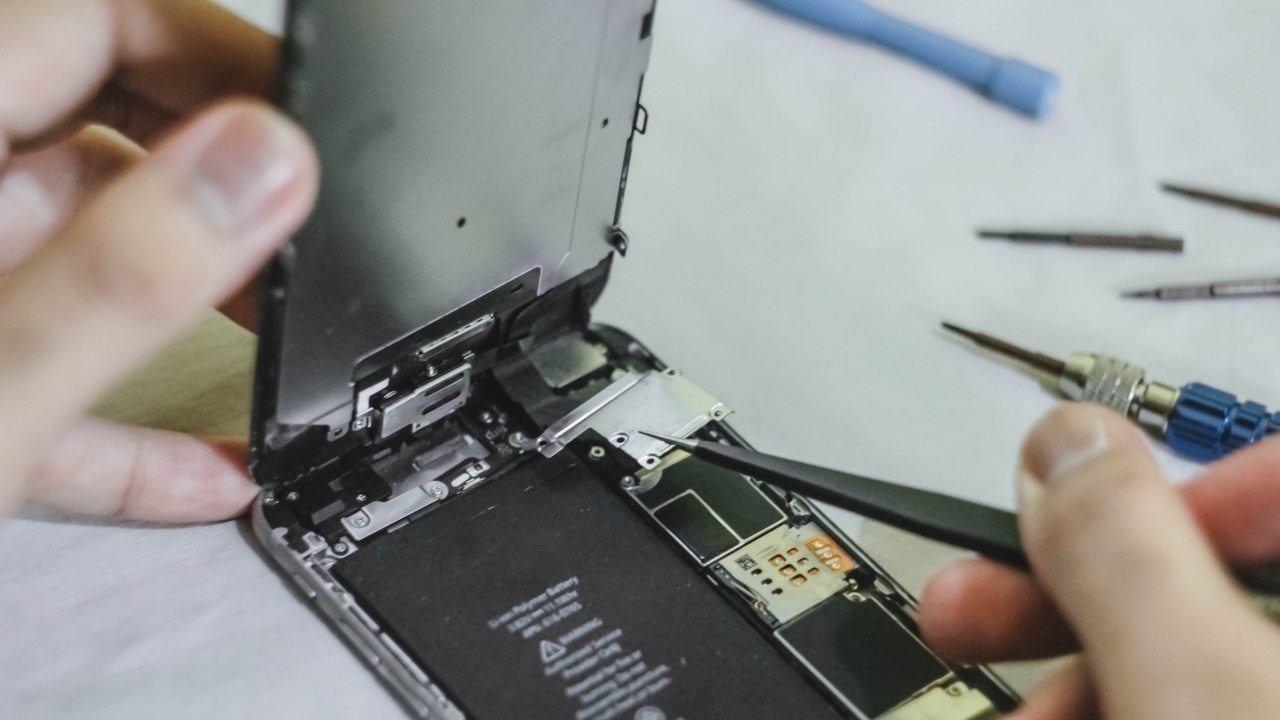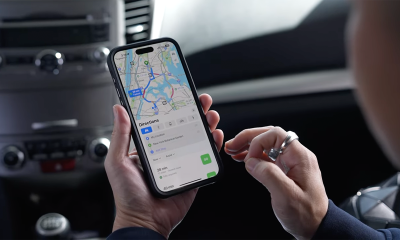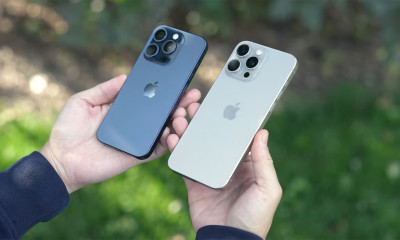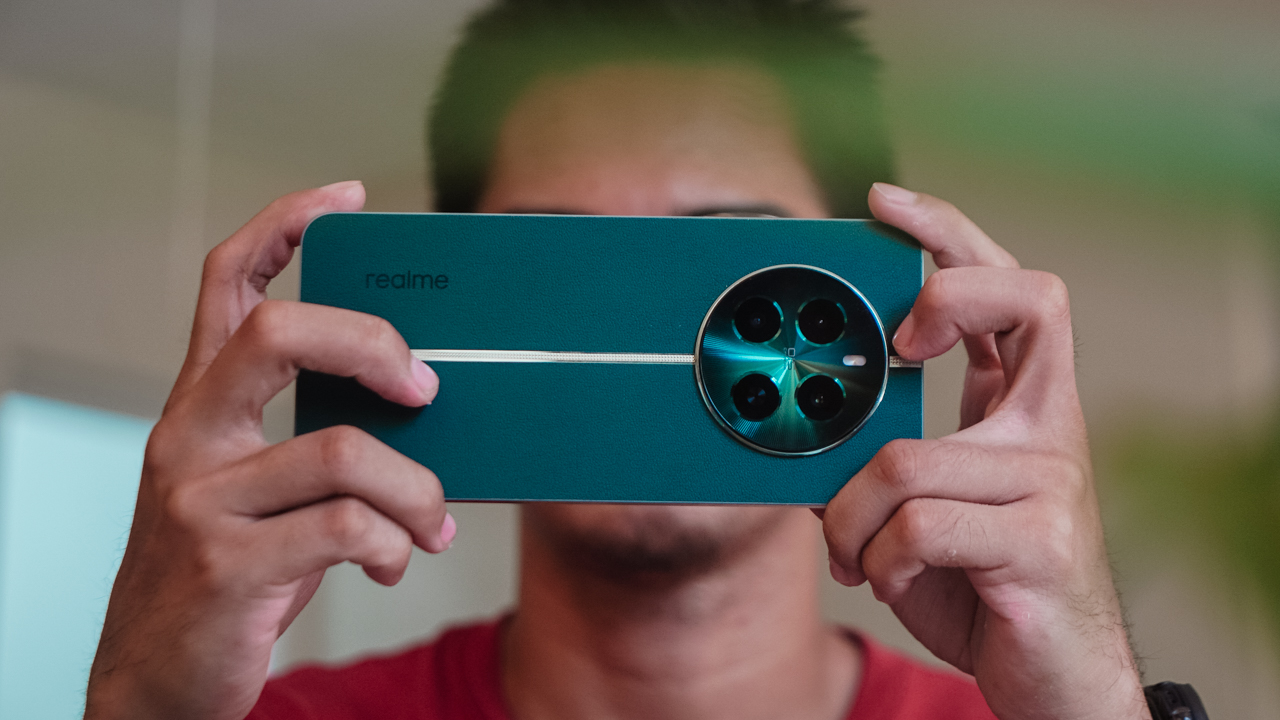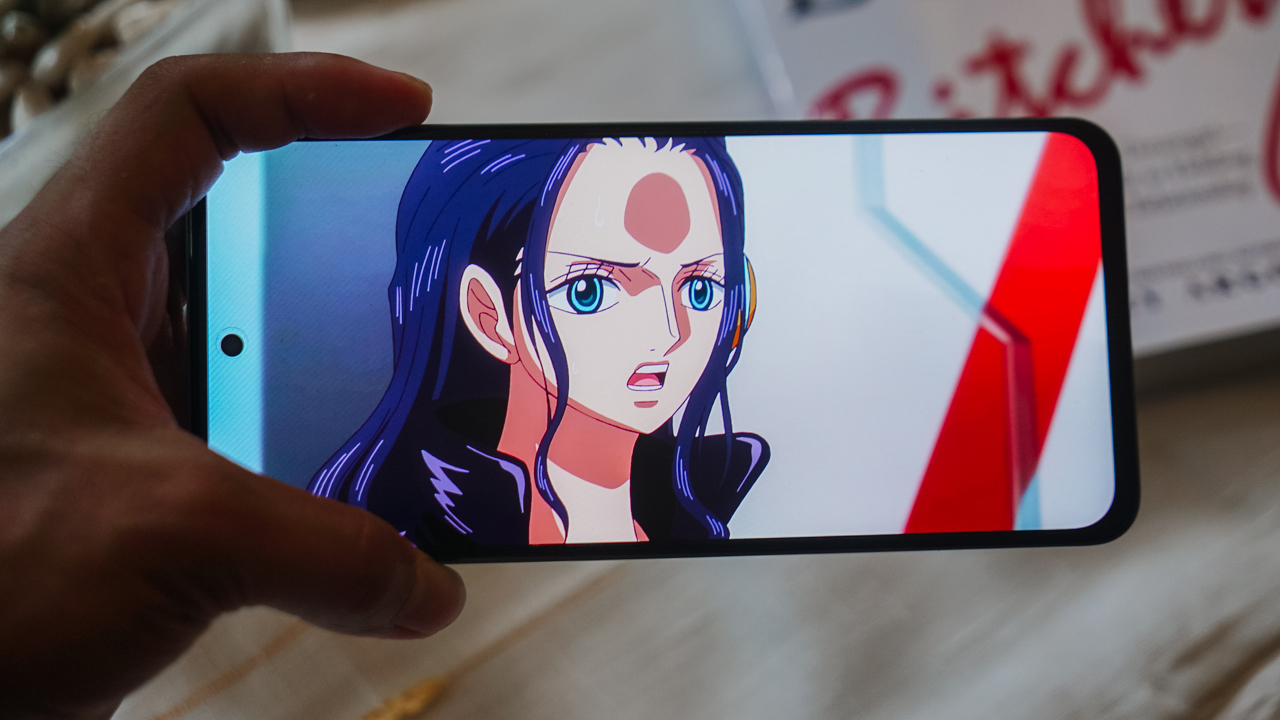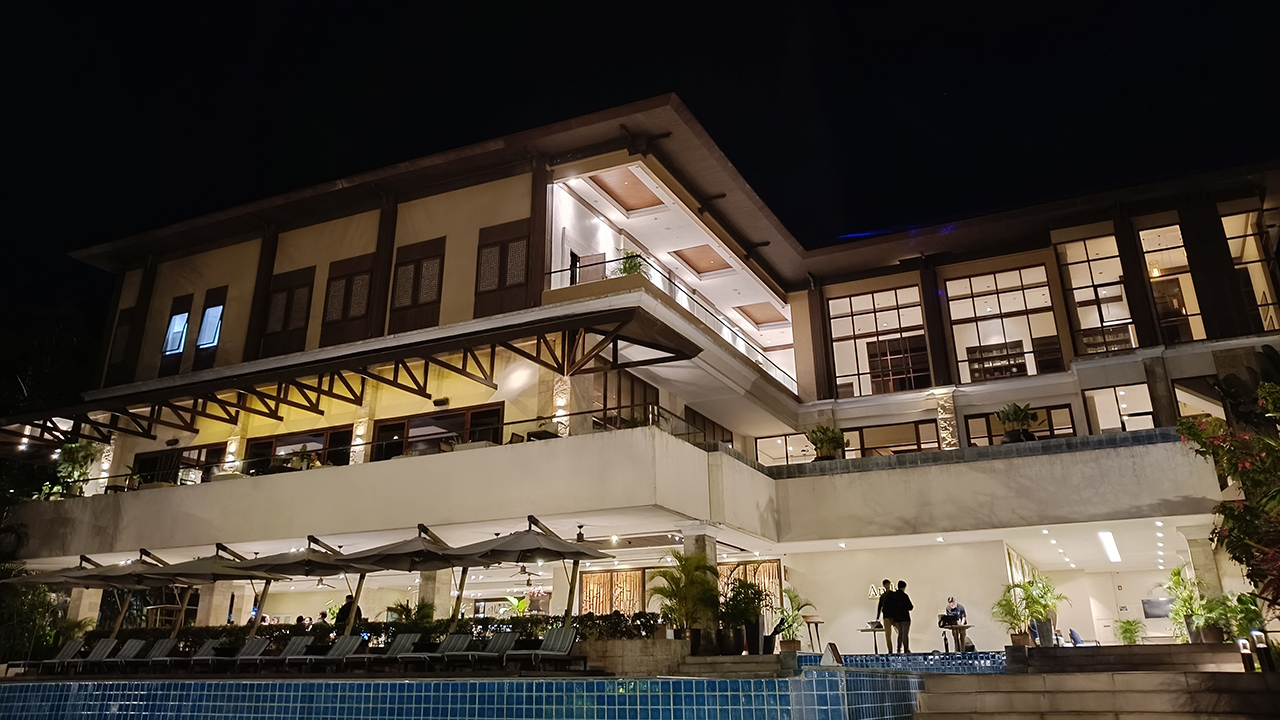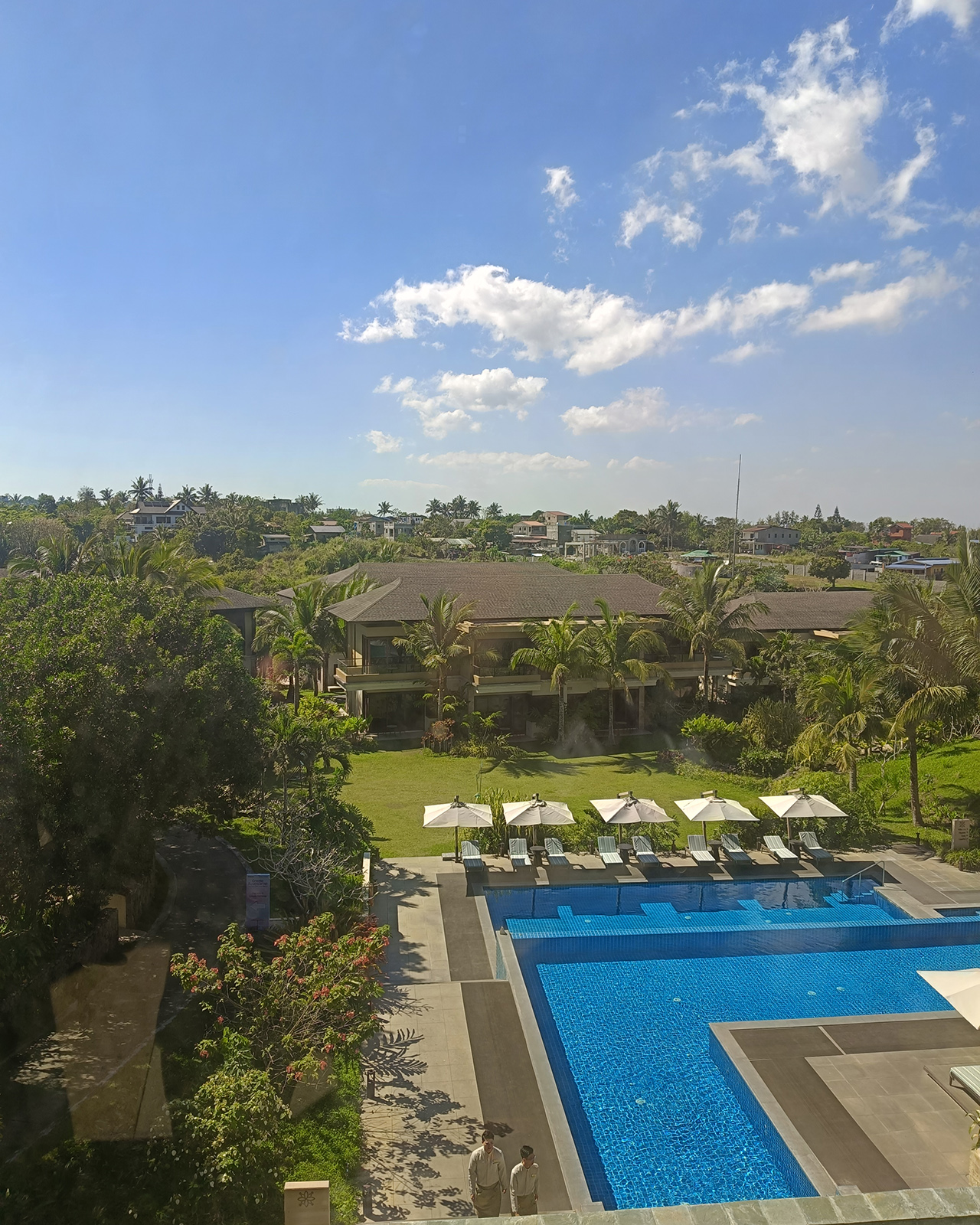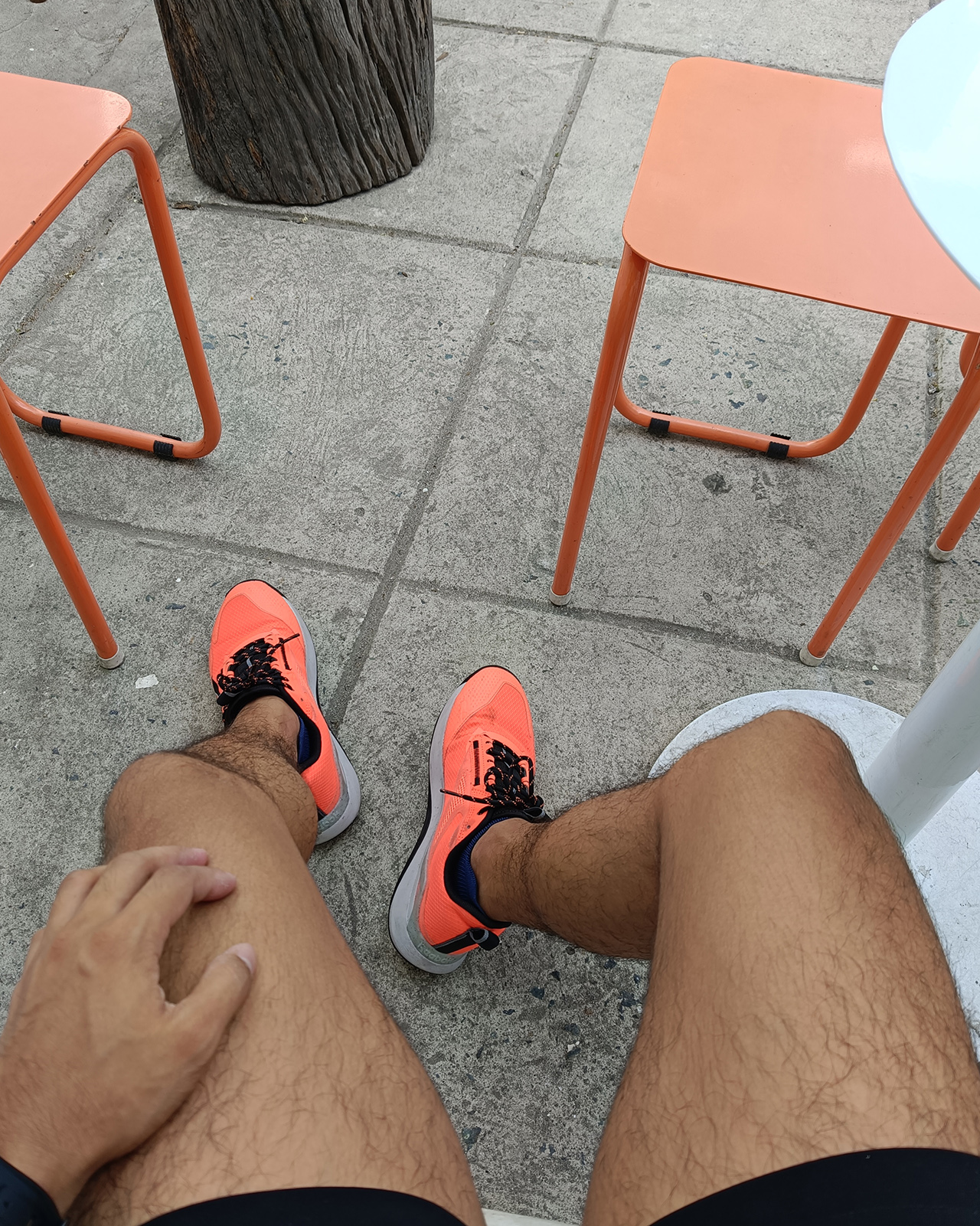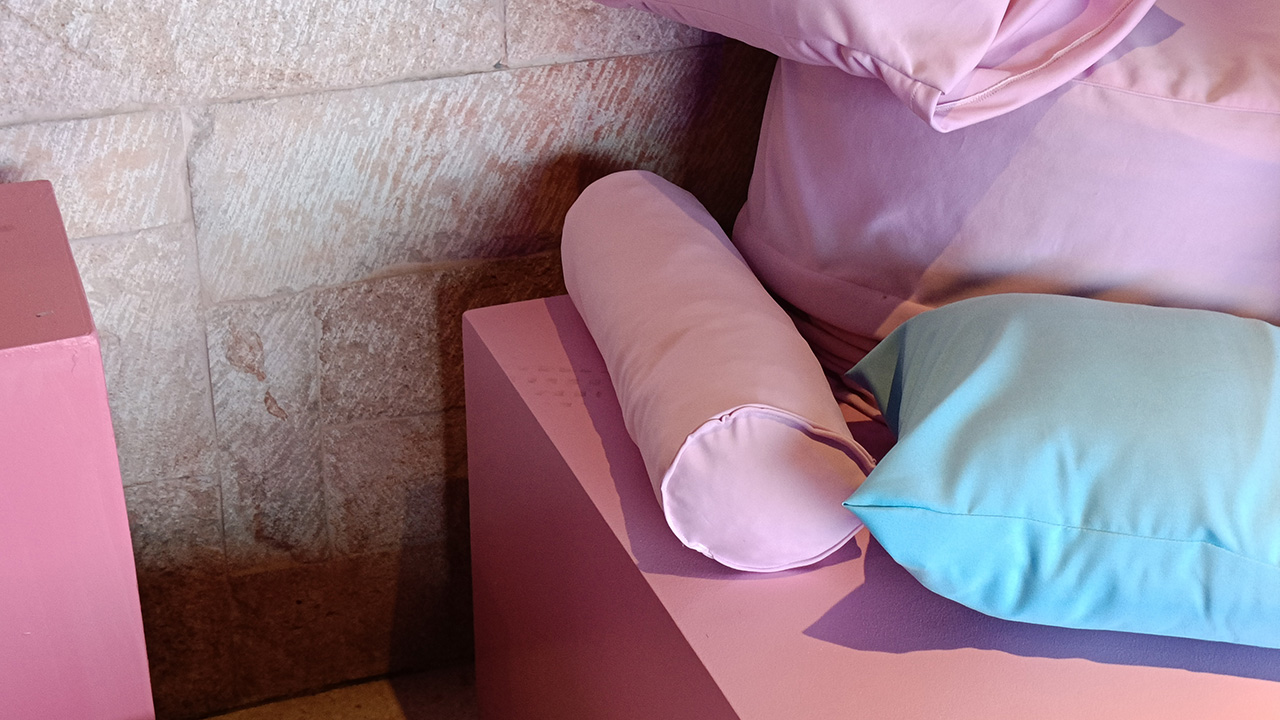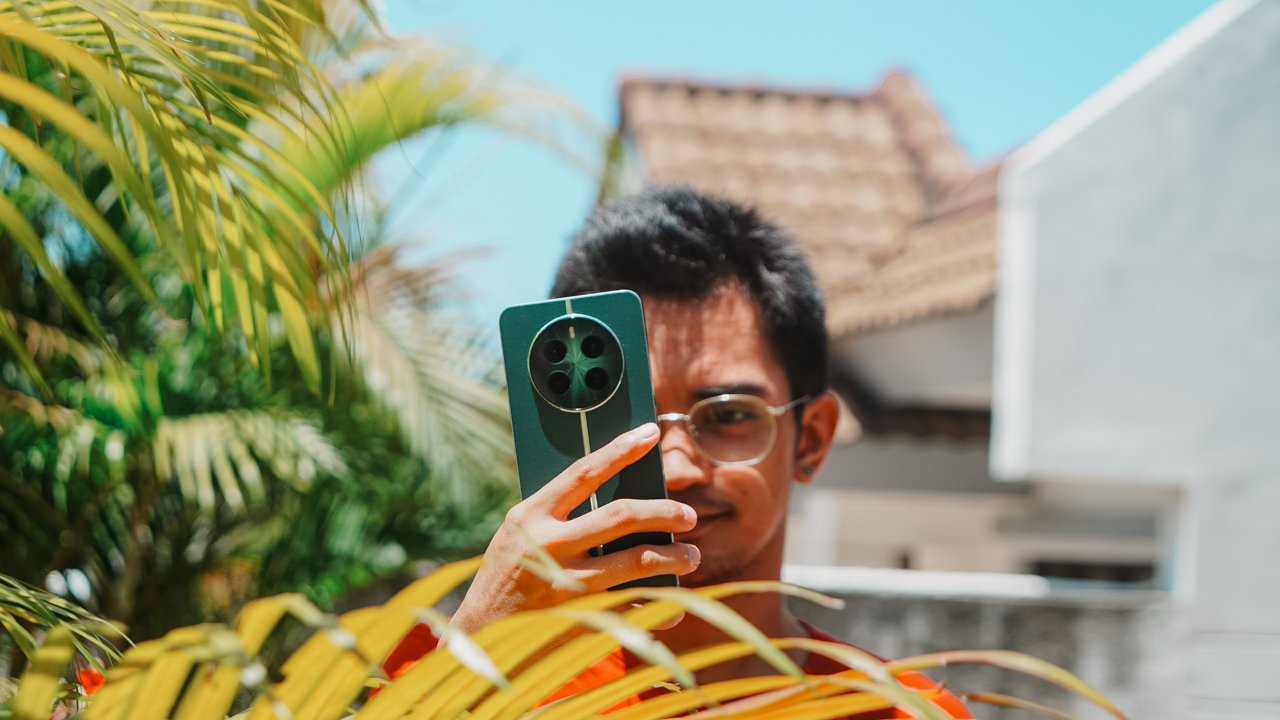

If you’re looking for a step-by-step tutorial on how to repair your iPhone by yourself, this isn’t iFixit nor JerryRigEverything. But if you came here out of curiosity (and for some tips), I’m here to share my first ever iPhone repair experience.
I’ve been dealing with tech mishaps over the years. From faulty PCs and laptops, all the way to a completely dead iPhone 3Gs and Samsung Galaxy Note5, it’s not something new to me. In fact, it was frustrating to deal with it as I’ve experienced having no computer when I was in high school — and even being phoneless for three months back in college.
If you’re too clumsy or you can’t see small parts clearly, your next best option is to:
- Bring it to a repair shop
- Find a friend (like me) who knows how to replace phone parts
- Find a substitute phone instead
Disclaimer: Try at your own risk. Don’t do it if your device is still under warranty.
Check your phone’s defects
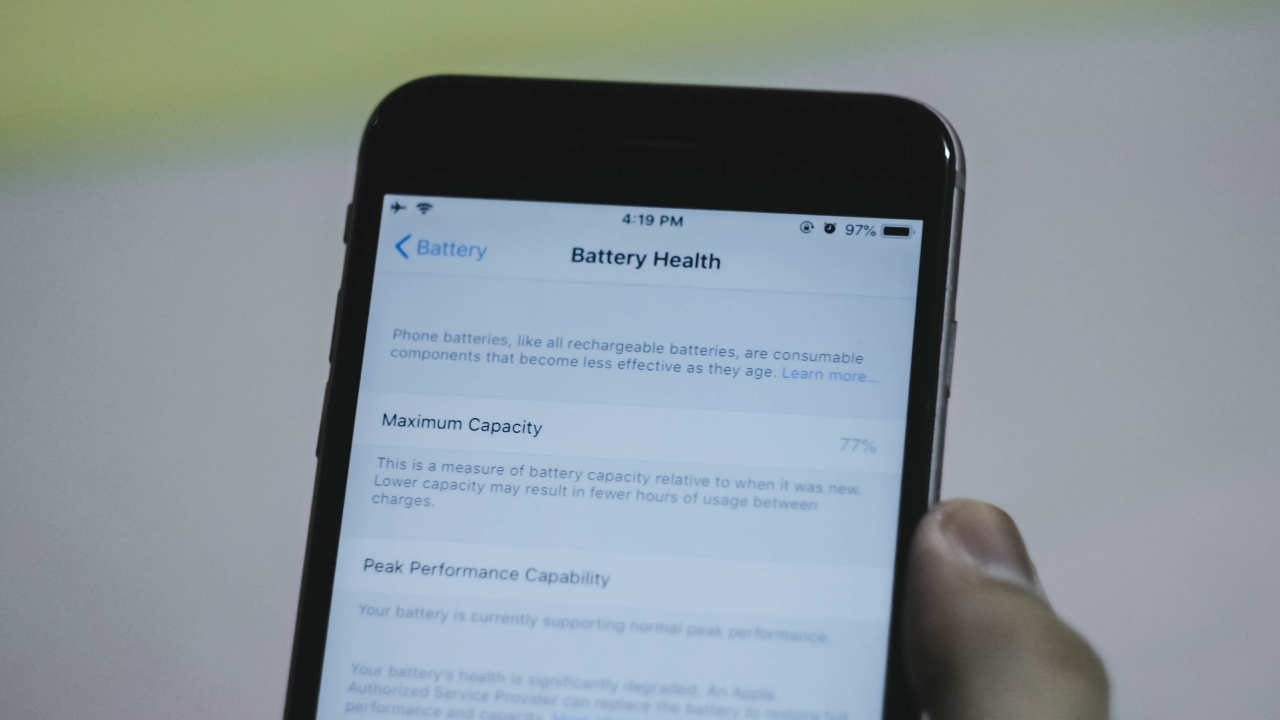
You can’t fix something if you don’t know what’s wrong with it. If you already know your phone’s situation, it’s easier to determine what parts you need to buy for the Do-it-yourself iPhone repair you’re planning to do.
In my case, I already knew that my iPhone’s battery is not in its ideal shape. Apple iOS’ Battery Health feature is actually helpful as it states whether your battery is still functional or needs to be replaced. Other than that, my phone’s display also suffered from “ghost touches” that I needed to replace it too right away.
DIY repair is the cheapest option
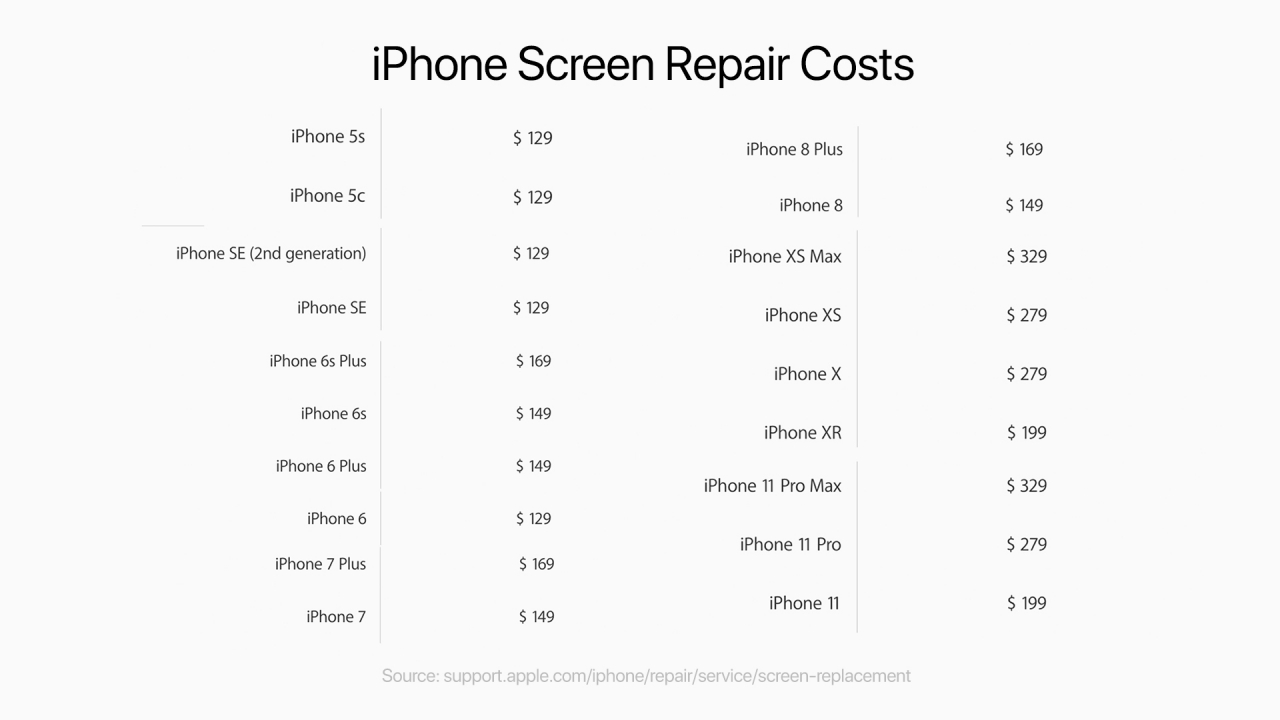
Phone repairs really aren’t cheap. If you take your iPhone to an Authorized Service Center, you’re not just paying for those parts that need to be replaced, you’re also paying a hefty amount of diagnostics fee and even the repairman’s labor.
As I checked on Apple’s website, an out-of-warranty screen repair for the iPhone 6 Plus will cost me a whopping US$ 149 (which is around PhP 7,360 when converted). Other than that, Apple’s US$ 29 battery replacement is long overdue. Now, it’s back to its original replacement cost of US$ 79 (around PhP 3,900).
I know what you’re thinking. Third-party repair shops have cheaper services. Still, you’re gonna pay for labor and diagnostics fees. It will also consume much of your time — and just the thought of going out amid the pandemic isn’t safe at all.
Be knowledgeable enough

Image by GadgetMatch
DIY repair isn’t for everyone. As for myself, I’m confident enough to proceed as I’ve had numerous experiences repairing most laptops and CPUs. I was able to upgrade the RAM (memory) capacity as well as replacing old HDDs (hard disk drives) to a faster SSD (solid state drive).
Other than that, one should know how tools work. One mistake and you might damage the whole thing. Usual problems start when you don’t know what proper screw head to use — either between the common Phillips and flathead screw heads to a more complex Tri-wing and Pentalobe screws.
Not being vigilant and careful results to stripped screws, making future repairs harder. Other problems arise when you damage flex cables, IC chips, and other phone parts that are all vital in making the phone function — just like organs in the human body.
Finalize your decision
If you’re still holding onto your phone because you’re used to your phone’s ecosystem or you still need a lot of files with you and you don’t want to switch to a slower budget phone, this might be your final call.
But if you don’t actually care switching to a new phone without thinking of the hassle of moving files and several information, it’s not a bad decision. Just pick something that’s practical for you.
Choose the right parts and buy the exact tools needed
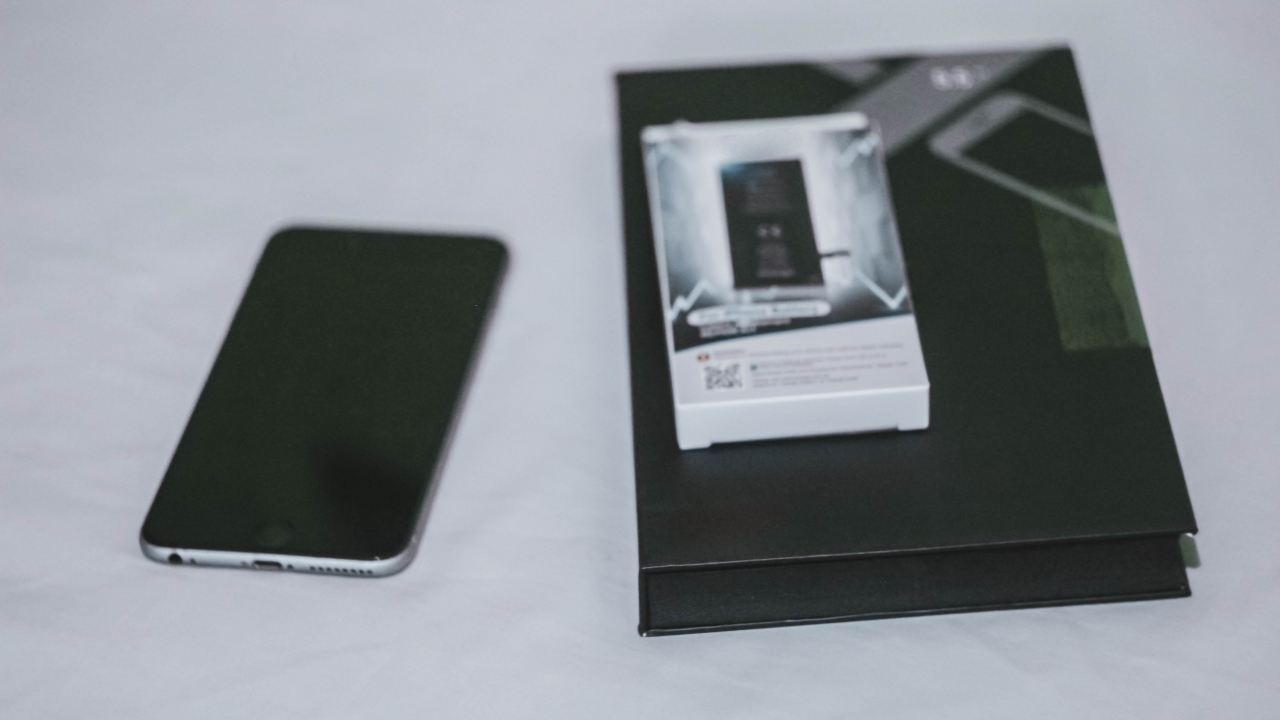
Now, it’s time to search for replacement parts. With the ongoing pandemic, it’s advisable to buy from reliable shopping apps. In the Philippines, you can find options on Shopee or Lazada. But if you still want to explore more, AliExpress offers parts for consumers and not just for wholesalers. The only downside is the pricey shipping fee compared to local operators.
As this is an old iPhone, buying third-party parts wasn’t a big deal as long as they’re functional. I was able to buy a replacement battery for just PhP 460 (US$ 9).
For the display replacement, I was able to purchase one for PhP 1086 (US$ 22). It even came with the right set of tools, from pliers, plastic spudger, suction cup, sim ejector tool, and a screwdriver with 4 detachable magnetic screw options that are commonly used for iPhone repairs.
Note: Most iPhones are assembled in China that’s why parts being sold online are sourced from them. If it looks sketchy to you, try checking customers’ feedback. It has always been my habit whenever I shop online. Luckily, I wasn’t scammed and received the items I ordered without damage.
Let’s get the work done

After receiving the replacement parts, I immediately went on with the repair. It’s common knowledge but just in case you forgot, you need to turn off your phone before repairing to avoid technical failures.
I started by plugging my hot blower into the socket and directly pointed it at my phone so it’s easier for me to separate the display from the aluminum unibody. Then, I started attaching the pentalobe attachment to the screwdriver and removed those two screws found between the Lightning (charging) port.
And with the help of the included suction cup, plastic spudger, and a little bit of my hand’s force, I was able to pry the phone’s display gently.
Not all iPhones are created equal
As my iPhone doesn’t have an IP rating, it doesn’t come with a waterproof gasket on its edges. For the iPhone 7 series and newer, prying the display will be more challenging because of the added adhesive for waterproofing.

Weird Flex but OK
At last! I was able to lift my phone’s display. But don’t get too excited. You should still be careful with those flex cables that are still connected to the phone’s logic board. If you forcefully pull it hard, the worst thing that could happen is you ripping the flex cables — which you don’t want to do with your original display especially if you did not buy a replacement.

Usually, you only need to use a Phillips screwdriver to unscrew certain parts in the phone. But if you’re gonna disassemble the whole phone, you also need to use flathead and tri-wing screwdrivers to remove everything.
As for this part, I only needed the Phillips head to remove the metal plate that protects the display’s flex cables. Removing it will help me unsnap those cables.
Label your screws accordingly
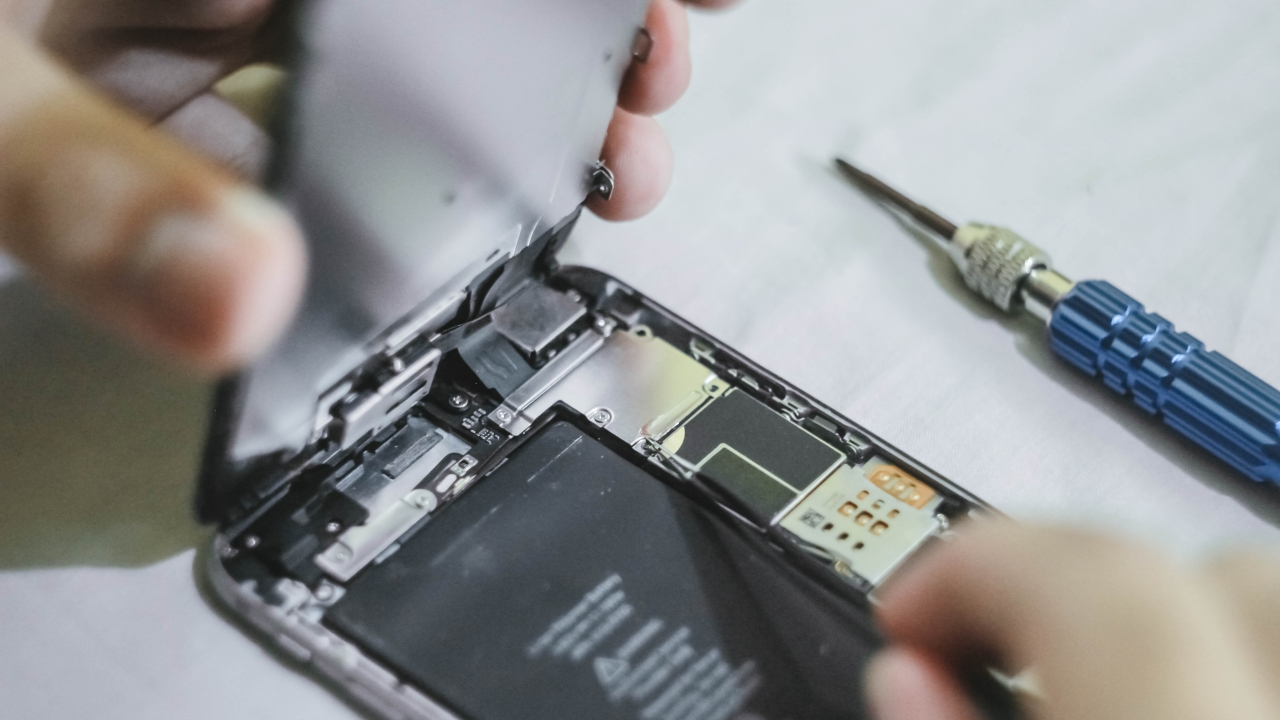
As mentioned earlier, you might encounter screws that are completely different from one another. This isn’t totally required but it’s a helpful way to distinguish which screw parts go to which hole since not all screws have the same length and type.
You can do this by placing a piece of tape with numbers/labels on top of your working space and place them in an order you will remember. Things are always better when they’re labeled. 😉
Don’t use metal pliers when unsnapping cables
You can use pliers to remove metal parts that aren’t electrically-charged. Still, you should be cautious as you can’t use metal pliers when unsnapping cables inside or it might damage the IC chips found on the logic board and will badly affect the phone. Doing so might not only damage your phone, but it can also make you snap hard.
Best way is to use a plastic spudger to prevent metal contacts from sparking. As JerryRigEverything always says in his videos, unsnapping them is as easy as removing LEGO bricks stacked on top of one another.
Battery removal is tedious but satisfying

Usually, your iPhone’s battery has plenty of adhesive beneath it in order for it to stick even when you’re on the move. But before prying it up, you should remove the metal plate housing first on the lower right side. After doing so, unsnap the cables just like how you did with the display’s flex cables.
If you can’t find those black pull tabs that will easily help you remove the battery adhesive, you should grab your spudger and slowly lift the battery until you see the white adhesive and pull it as hard as you can. Once all the adhesive is pulled out, it’s safe to say you succeeded with the battery removal.
Start replacing those parts
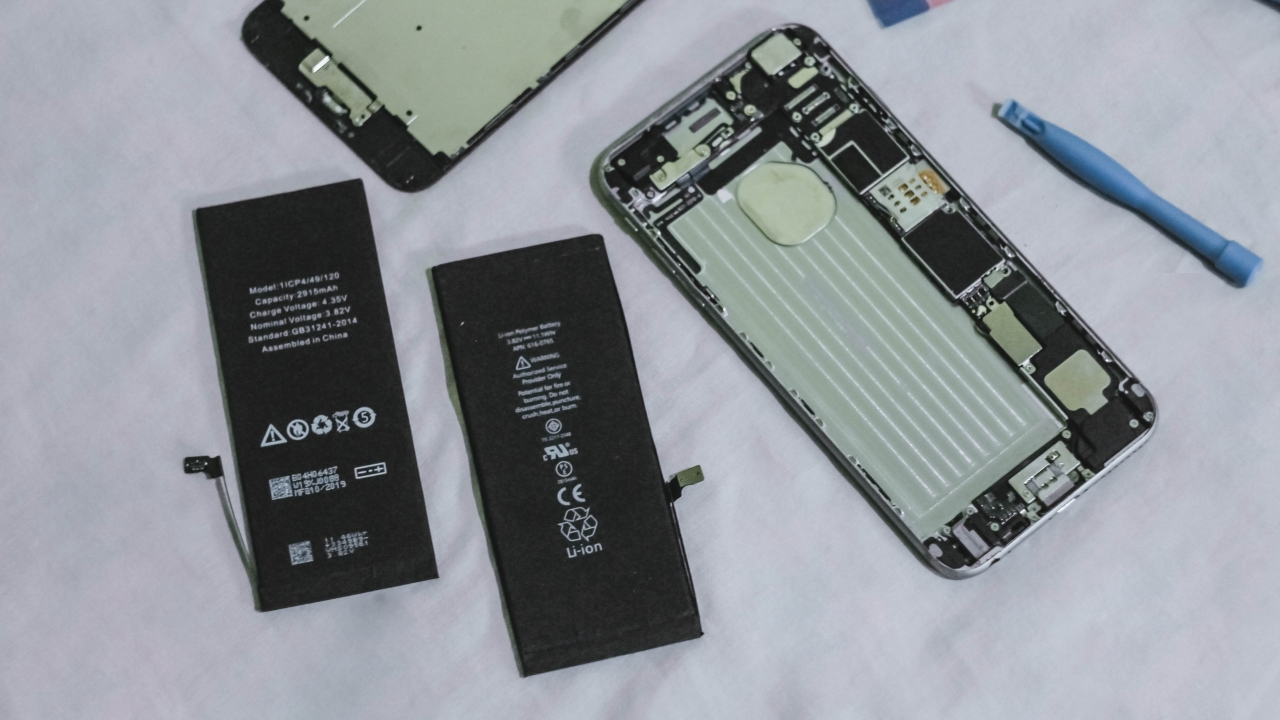
Unlike replacing your ex, replacing your phone’s parts is just a backward process. After getting the replacement parts ready, you should store the old parts in a safe place since they are still products that are electrically-charged and include chemicals that might pose a risk of fire hazard when not handled and stored in a closed container.
Remember to dispose technological devices and parts properly. Keep it out of reach children and pets as well.
Putting back what’s left

Unlike putting your trust back in another person, putting all the cables, plates, and screws back in place is easier especially when you know how and where to place them — that’s why labeling them is more important than you thought.
Some iPhone parts are designed for a single device only
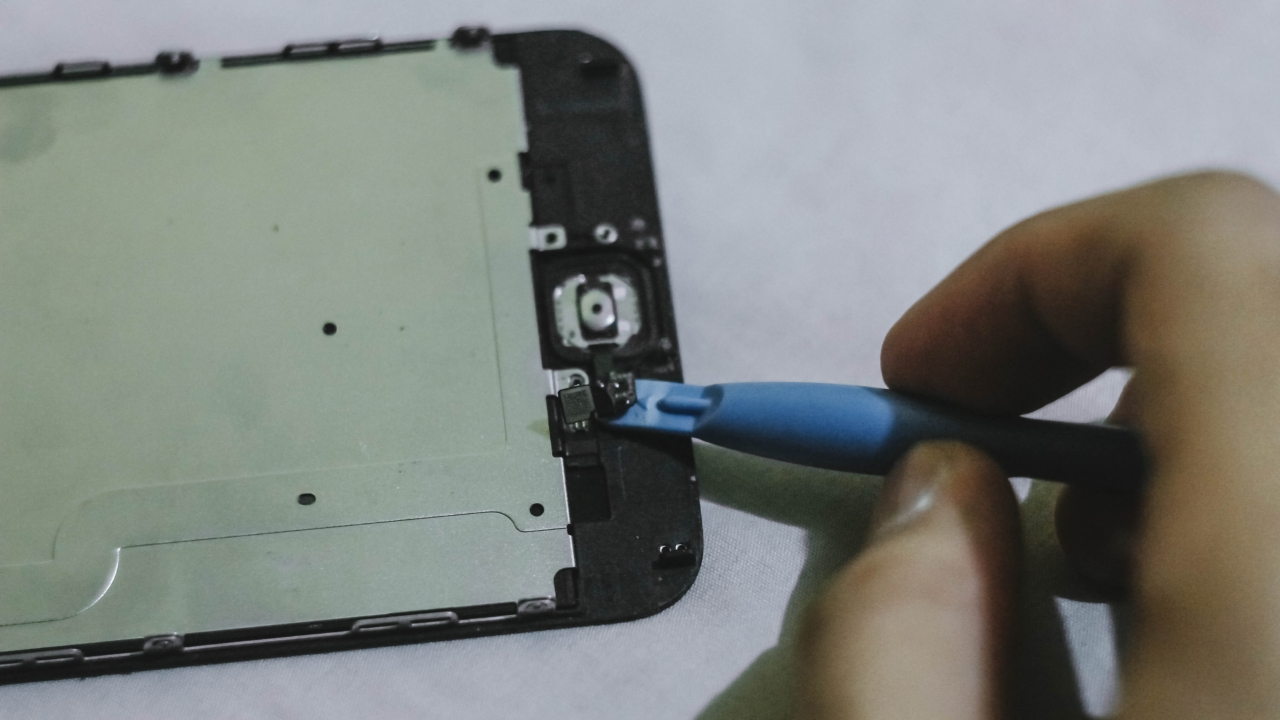
Display, backplate, battery, cameras, microphones, speakers, and vibration motor can all be replaced. But for parts that require biometrics, there’s a 1:1 equivalent for every iPhone. If you’re proceeding with the display replacement of your old iPhone, you need to remember that it doesn’t come with a TouchID replacement. That iPhone part is made for a single device only. You need to transfer that part from your original display to the replacement.
If you break your TouchID (or even FaceID in newer iPhones), you can’t have replacement parts for them. Breaking these precious parts will result into complete biometrics malfunction.
Fun fact: The best way to know whether an iPhone was repaired is by checking the True Tone Display setting. If it doesn’t show that setting, your iPhone’s display is most likely replaced. Even original iPhone display replacements are not exceptions to Apple’s repair mishap.
It wasn’t a perfect repair
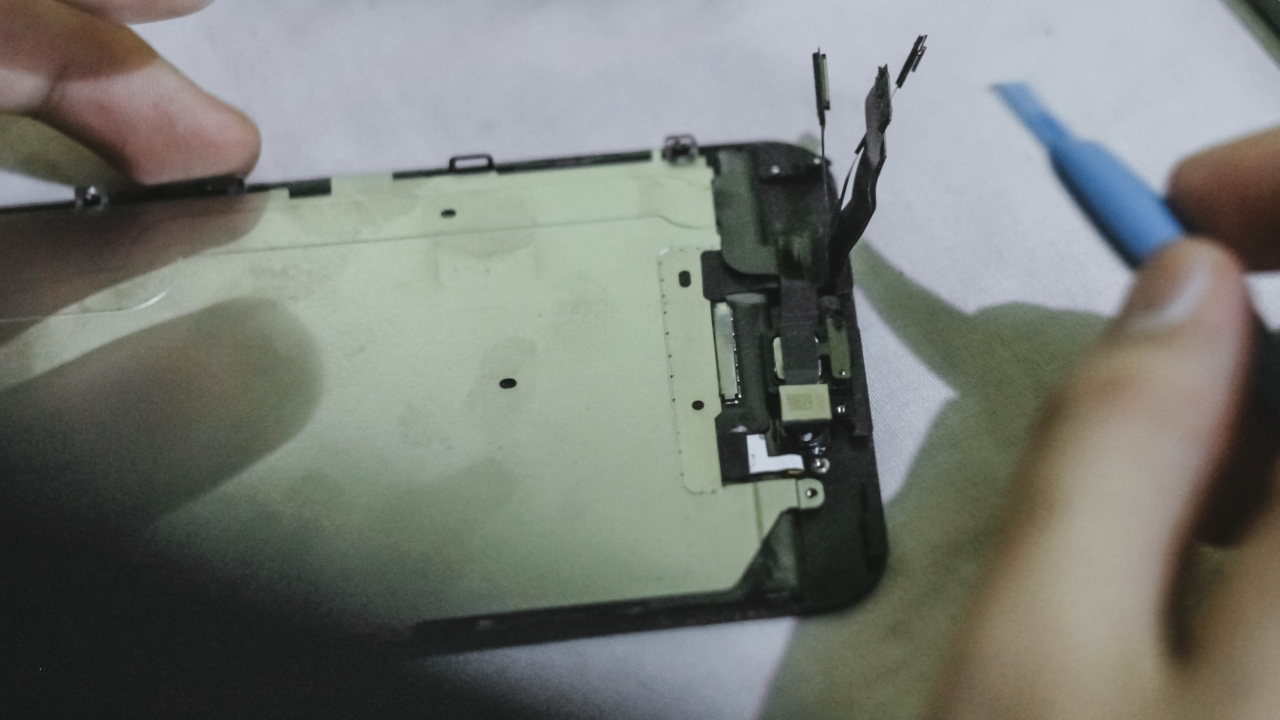
When you’re not careful, you can immediately break something — whether it’s someone’s heart or just the flex cables in your display.
I overdid the unsnapping of the LCD backplate’s flex cable that connects the TouchID. Luckily, the fingerprint sensor is still in its original shape that I only needed to order a new LCD backplate for PhP 261 (US$ 5). It came two weeks after because it was directly sourced from China.
But it was still a successful repair

After waiting for weeks to get my LCD backplate replacement, I successfully repaired my old iPhone 6 Plus — all with working buttons, a better touch input, and of course, the TouchID works as well. With the faulty battery, it usually lasted for around two to three hours but now, it lasts for at least a day of moderate to heavy use. Standby time lasts a whole week.
The original cost of repair was around US$ 228 (or more than PhP 10,000) — where you can find and buy a brand new budget smartphone instead. Thinking about the money I saved actually motivated me to push this through. Combining the parts I paid for (including their shipping fees), that’s a total of just PhP 1807 (US$ 36) just in case you forgot to do the math.
BONUS: I also repaired my friend’s iPhone X

After sharing my story on how I successfully repaired my old iPhone 6 Plus to my friends, I was dared to repair an iPhone X. I took it as another iPhone repair challenge.
At first, I thought the logic board was dead. Not until I tried charging it wirelessly. Eventually, it powered on — which made me think that only the charging port was defective as it was submerged in water.
The repair process is completely different — from the placement of display flex cables, all the way to the complete removal of the battery, logic board, Taptic Engine, and the cameras as the charging port hides beneath those parts. The best thing is that, the Lightning port replacement plus waterproofing and battery adhesive only cost around PhP 916 (around US$ 19). It will cost more if it was brought to a service center considering they will run several diagnostic tests that add up to its total repair cost.

Making the long story short, it was another successful iPhone repair! With little background and experience to phone repairs, I was astounded that I can replace phone parts even without needing to go out and head to a service center.

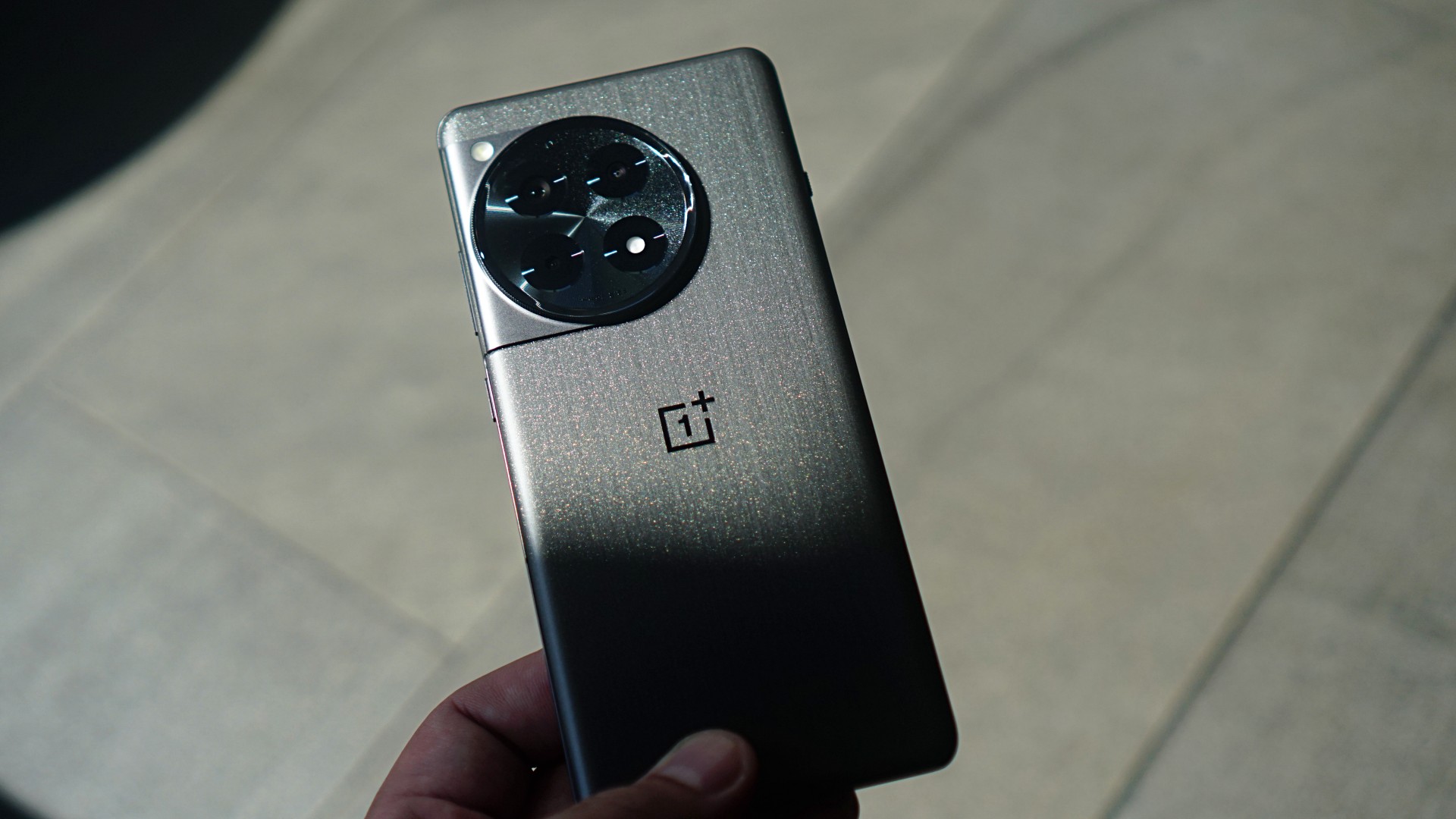
The OnePlus 12R is now official in the Philippines. The brand’s latest flagship killer is available starting at PhP 43,999 in Cool Blue and Iron Grey.
Consumers may now preorder the OnePlus 12R at all OnePlus and OPPO stores nationwide. They may also purchase online via Shopee and Lazada and avail of the shopping apps’ 0% interest installment payment options.
Additionally, there is an exclusive PhP 1,000 off OnePlus voucher on Shopee from April 18 to 24, as well as a PhP 200 Good Review cashback and an S39 Bluetooth speaker.
Flagship-worthy experience
The OnePlus 12R boasts of an unparalleled experience expected of a device of its caliber, thanks primarily to its Qualcomm Snapdragon 8 Gen 2 chipset.
On paper, the smartphone has a 35% better CPU and GPU performance than the brand’s previous flagship, the OnePlus 11. The phone specifically has 16GB of RAM and 256GB of internal storage.
The performance is boosted further by OnePlus and Oppo’s co-developed Trinity Engine. This engine features CPU-Vita, RAM-Vita, and ROM-Vita, which work together to make apps run faster and distribute power better during high-performance tasks like gaming and video editing.
Its Cryo-Velocity cooling system, meanwhile, ensures smooth and continuous usage without compromising temperature and battery life.
Speaking of, the OnePlus 12R houses a 5,500mAh battery, the largest ever yet on a OnePlus device. This is complemented by 100W SUPERVOOC charging for 1 to 100% in as low as 26 minutes.
Smoother, more immersive
Moreover, the OnePlus 12R flaunts a fourth-generation LTPO 120Hz ProXDR display. This improved screen features higher maximum brightness and better color levels compared to its predecessor.
The intelligent dynamic refresh rate system lets the phone to easily adjust the refresh rate from 1Hz to 120Hz and suit the content they’re consuming.
Enhanced camera
As for its camera system, the OnePlus 12R features a 50MP Sony IMX890 sensor. The phone’s advanced software optimizations also assure users of vibrant and clear captures.
Additionally, it has OIS and lightning-fast processing speeds for low-light scenarios and filming.
The package also consists of an 8MP ultra-wide sensor, 2MP focus lens, and 16MP selfie camera similar to previous OnePlus handsets.
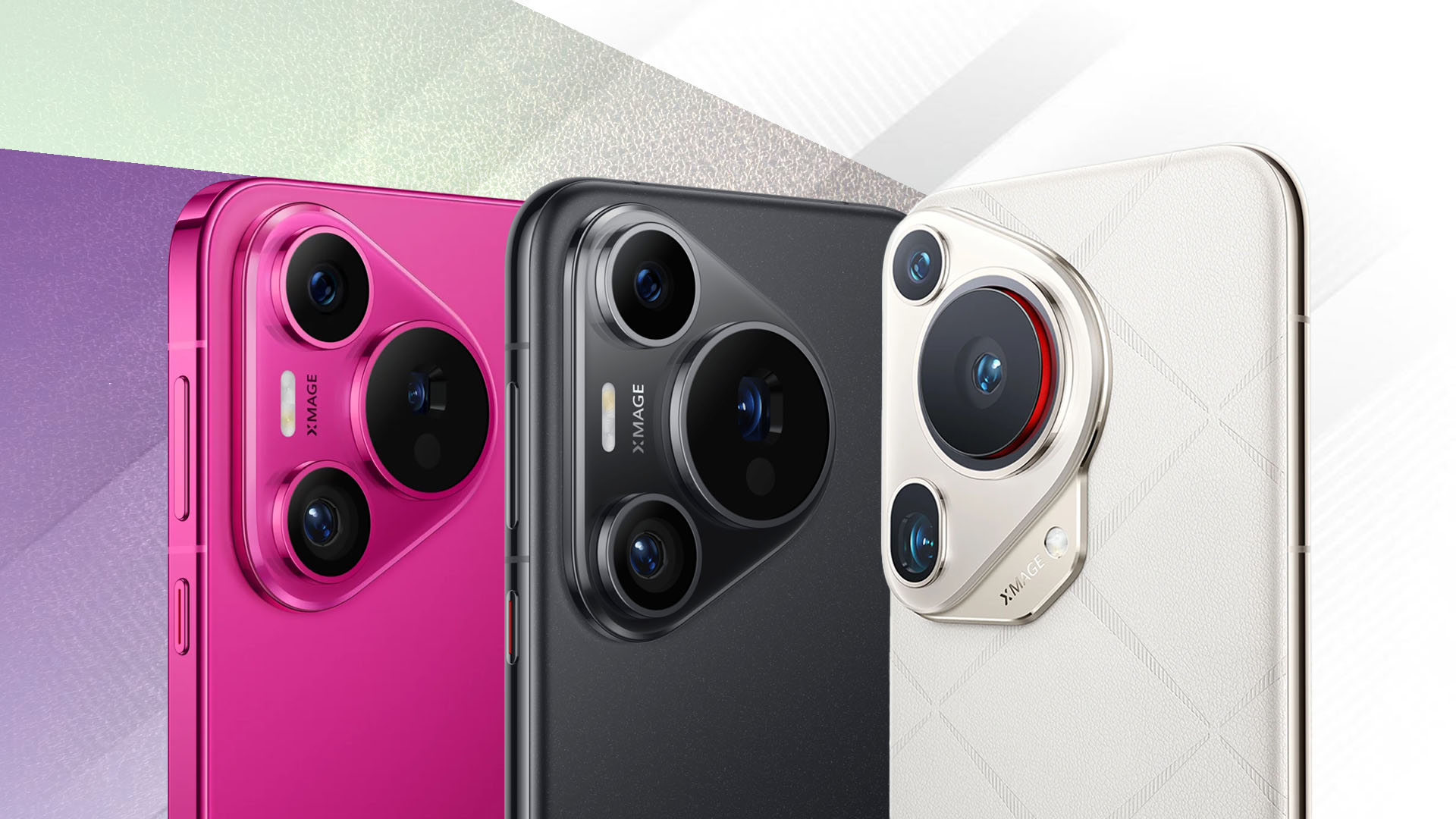
Have you ever wondered what the “P” in the Huawei P series stood for? Today, the Chinese smartphone maker is taking out the mystery for good. In lieu of simply launching a P70 series, Huawei has launched the newly renamed Pura 70 series in China.
The camera evolution continues
As is tradition, the Pura 70 series packs in the best camera system from Huawei. The series, separated into four varying models, will feature unique specs such as a retractable lens, boosting both zooming capabilities and image stabilization.

Now, the 1-inch sensor comes with an f/2.1 aperture and can take in a lot of light. It also shoots at 35x super macro.
As the pack’s leader, the Ultra comes with the retractable lens, tested for up to 300,000 contractions. It is also IP68-rated for more durability. It has a sizable f/1.6 aperture and a mechanism to maximize image stabilization.
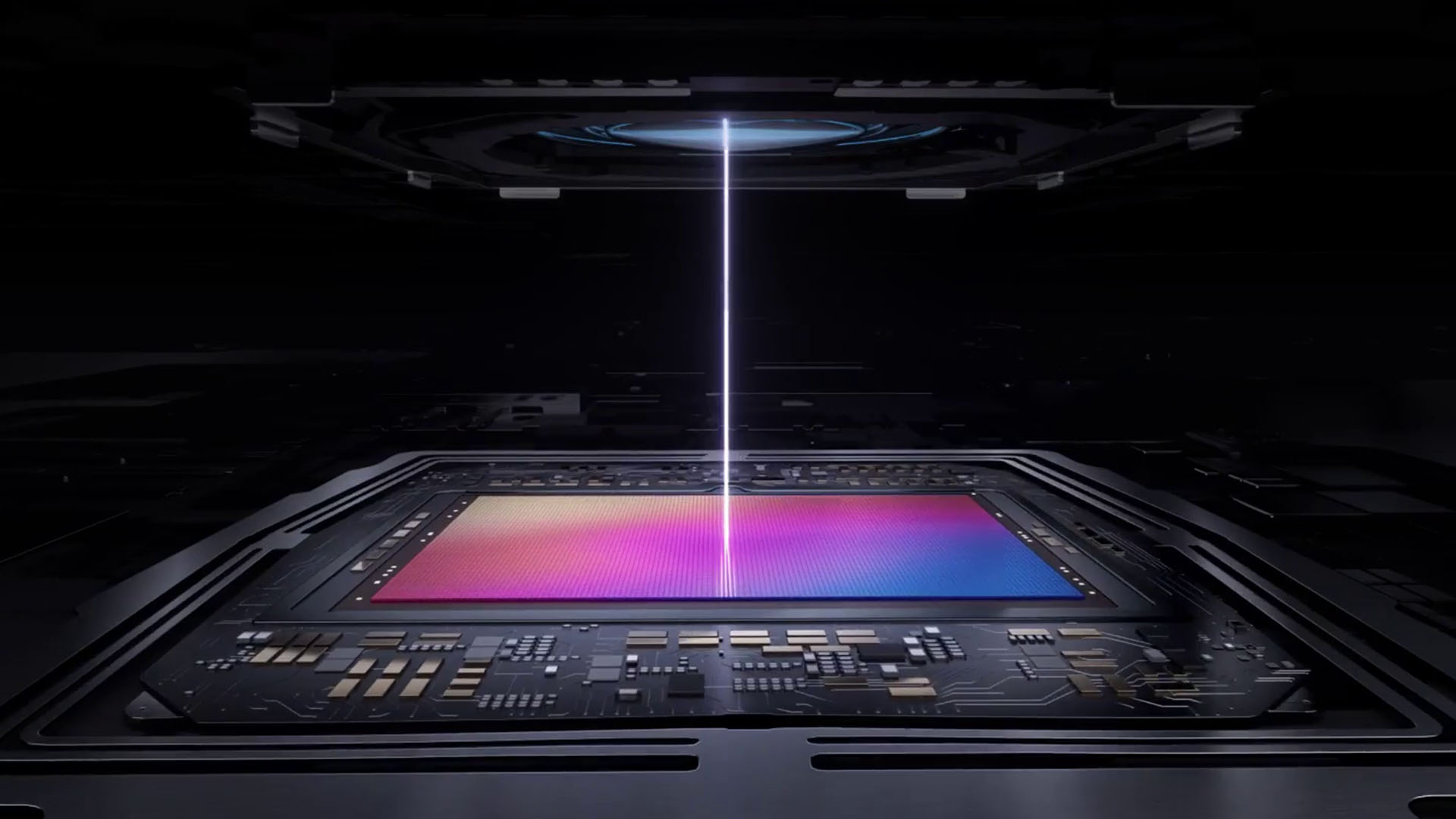
Finally, with XD Motion, the camera can reportedly capture subjects going up to 300km/h. The macro sensor, on the other hand, can capture images at least 5cm close. A heightened HDR keeps videos crisp and clear.
Also good under the hood
Meanwhile, the lineup’s chipset is the next evolution of Huawei’s Kirin line. The processors are reportedly inching closer and closer to the current slate of modern flagships today. It marks the brand’s next step in jumping back to the top of the Android food chain. It comes with up to 16GB RAM and up to 1TB of storage.
The display puts out images at 460ppi, 2500nits of brightness, and up to 120Hz refresh rate. Kunlun glass keeps the screen protected, too.
Much like Apple’s Emergency SOS, the Pura 70 series will come with its own satellite connectivity service, powered by Beidou. Plus, in areas with low coverage, a Lingxi antenna will ensure that calls won’t be dropped.
Out of the box, it comes with HarmonyOS 4.2, which touts more interactive features like a heavily customizable lock screen.
Finally, it will have a battery going up to 5200mAh. It also touts 100W wired charging and 80W wireless fast charging.
Availability
Currently, the Pura 70 series has just started going on sale in China. It comes in four distinct models: the regular Pura 70, Pro, Pro+, and Ultra.
The Pura 70 starts at CNY 5,499. Then, the Pura 70 Pro starts at CNY 6,499. The Pura 70 Pro+ starts at CNY 7,999. Finally, the Pura 70 Ultra starts at CNY 9,999.
Reviews
realme 12+ 5G review: One month later
What is it like to spend a month with a midrange smartphone?

What is it like to spend a month with a midrange smartphone?
For someone spoiled with high-end, flagship smartphones, a watered-down experience terrifies me. I couldn’t fathom using just a midrange smartphone, even if I’m counted as a casual user.
But spending a month with the realme 12+ 5G gave me a new perspective on what midrange smartphones at 2024 can do.
Powerhouse at a fraction
A lot of times, I’ve used the realme 12+ 5G to play Mobile Legends: Bang Bang. I know, I know. It’s 2024 and I’m still playing the same old MOBA but it’s a game I know all too well that helps me de-stress after a long day.
See, I’m an athlete balancing my work and life. Sometimes, I just want to rot in bed while playing on my phone.
The realme 12+ 5G helped keep me sane thanks to its lag-free gameplay. Not once did I feel any heat or slowing down even while playing in an Ultra Graphics and Super High Frame Rate setting.
The Vapor Chamber Cooling System came into play, dissipating the heat so even if under heavy usage, the gameplay is still optimal.
Moreover, the realme 12+ 5G uses a MediaTek Dimensity 7050 chipset. When you combine this with a 12GB dynamic ram that’s expandable through your storage space, you won’t have to worry about a watered-down experience from using a midrange device.
The RAM can take up from 4GB up to 12GB to be re-allocated from the 256GB internal storage. Though, I only used 4GB since I didn’t feel the need to turn it up to the highest configuration. It’s already smooth even when multi-tasking.
It may not be as smooth as the flagship smartphones I held, but it’s enough particularly for people who just needs a smartphone they can use for their everyday lives. However, if you want a midrange device dedicated for an even more intensive gameplay, I’d suggest looking elsewhere.
Daily companion for viewing, listening
When I was on my way home from my training, I drove past a busy road in Pasig City where vendors are in the streets, bystanders are frolicking, and loafers gossip while taking space through the plastic stools they sat on spread out near the sidewalk.
What do they have in common? Smartphones. There was a realization that the Filipino masses rely on their devices to be entertained and connected.
I have a feeling that if I wasn’t a multi-passionate person with an insanely hectic schedule, I’d bury my head on a smartphone, too.
This is where having a spectacular audio-visual performance comes into play, especially for budget and midrange devices. Luckily, the realme 12+ 5G has a 120HZ Super AMOLED Display and Dual Stereo Speakers.
It’s one of the reasons why I started playing Mobile Legends: Bang Bang again when I was decompressing for the day.
Aside from doomscrolling on TikTok, I just like it when the display is fluid, vivid, and smooth while the audio can be as loud and immersive. Unlike most midrange smartphones, the audio-visual performance is always a hit or miss.
Sometimes, they have an excellent screen while the audio suffers, or vice-versa. The realme 12+ 5G just have it both.
Capture it, remember it
The realme 12+ 5G uses a 50-megapixel SonyLYT 600 OIS Portrait Camera, an 8-megapixel 112° wide-angle lens, a 2-megapixel macro sensor, and a 16-megapixel selfie camera on the front.
I used the smartphone to capture photos I send to my loved ones. From selfies, coffee runs, hotel visits, group photos, food shots, and just anything and everything in my life.
The quality for low-light shots is a hit or miss, but for photos taken during daytime and with good lighting? It’s just spectacular.
Here are some sample photos to look at:
Portraits & Selfies
Food
Sceneries
Everyday photos
Real on reliability
The realme 12+ 5G’s battery capacity is just *chef’s kiss*.
Its ability to retain its battery life even on standby is just incredibly helpful for someone who keeps forgetting to charge his devices.
The realme 12+ 5G lasts long enough when out for the day, and even if you spend a lot of hours playing games and doomscrolling.
One time, I played Mobile Legends: Bang Bang for three hours straight from a full charge, and I still had enough juice to keep playing. That 5000mAh battery surely is a lot of juice that doesn’t drain easily. I had to be the one to give up playing since it hurt my eyes already.
Charging it with 67W SuperVOOC, the realme 12+ 5G gets full charge in less than an hour. This is why even if I forget to charge it at night, I just have to plug the charger in the USB-C port while I was taking a bath and prepping for work.
Could’ve been a real premium
Aside from its performance and capabilities, the realme 12+ 5G comes with a strong and beautiful exterior. The unit I have came in Pioneer Green, resembling an emerald-touch of old money.
Without a plastic case, it’s soft, feels luxurious, and easy to hold even with a boxy frame. At a glance, it’s even more beautiful with its luxury watch-inspired design, thanks to designer Ollivier Savéo.
For a midrange device, realme has a knack for making its devices look and feel sophisticated. Furthermore, it’s dust and splash proof with its IP54 rating. It’s a win-win, right? Strong and pretty at the same time.
My only issue would be the realme UI 5.0 based on Android 14 that’s packed with bloatware. Look- and feel-wise, the realme 12+ 5G would be a premium stunner, even with its camera, audio-visual, and battery performance.
But the UI design along with the unnecessary bloatware made it cheap and annoying to look at.
Is this your GadgetMatch?
The realme 12+ 5G delivers what you’d expect out of a midrange smartphone. It’s premium-looking, long-lasting, offers reliable performance, and captures vivid portraits and pictures.
It’s easily a GadgetMatch for casual users requiring enough power and juice on a device that looks pretty and strong. If the realme 12 Pro+ 5G is a midrange marvel, consider the realme 12+ 5G almost the same, but at a lesser cost.
It retails for PhP 19,999 for the 12GB+256GB variant, while the 8GB+256GB unit is priced at PhP 17,999.
-

 Accessories2 weeks ago
Accessories2 weeks agoApple Vision Pro Review: Two Months Later
-

 Features4 days ago
Features4 days agoFortify your home office or business setup with these devices
-

 Gaming1 week ago
Gaming1 week agoThe Rogue Prince of Persia looks like an ultra-colorful roguelite
-

 Philippines2 weeks ago
Philippines2 weeks agovivo Y100 to release in Philippines on April 27
-

 Gaming1 week ago
Gaming1 week agoStar Wars Outlaws release date revealed
-

 Events1 week ago
Events1 week agoStellar Blade: PlayStation taps cosplayers to play Eve for game’s launch
-

 Deals2 weeks ago
Deals2 weeks agoSamsung Awesome April: Deals on Galaxy A series
-

 Accessories1 week ago
Accessories1 week agoLogitech unveils G Pro X 60 gaming keyboard: Price, details

